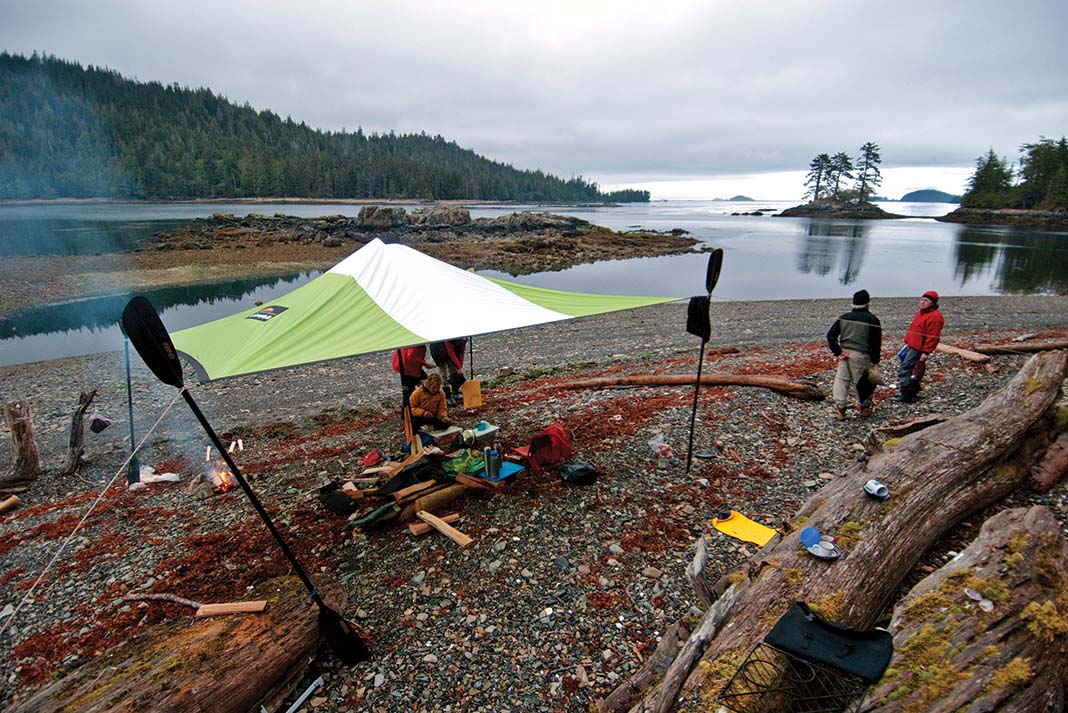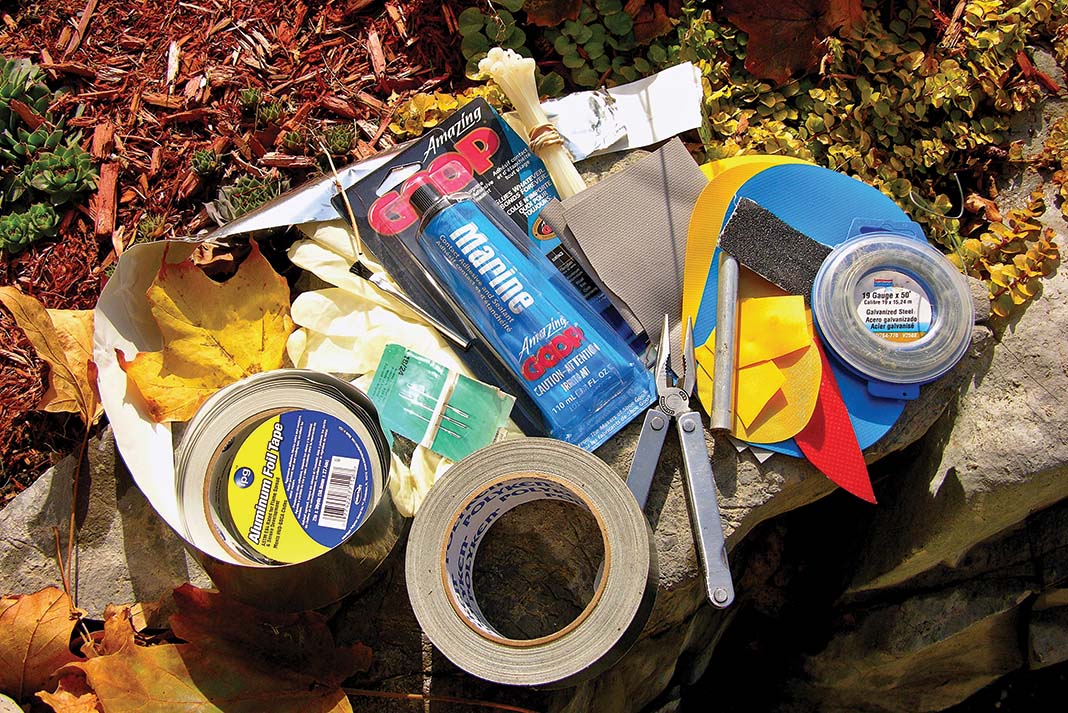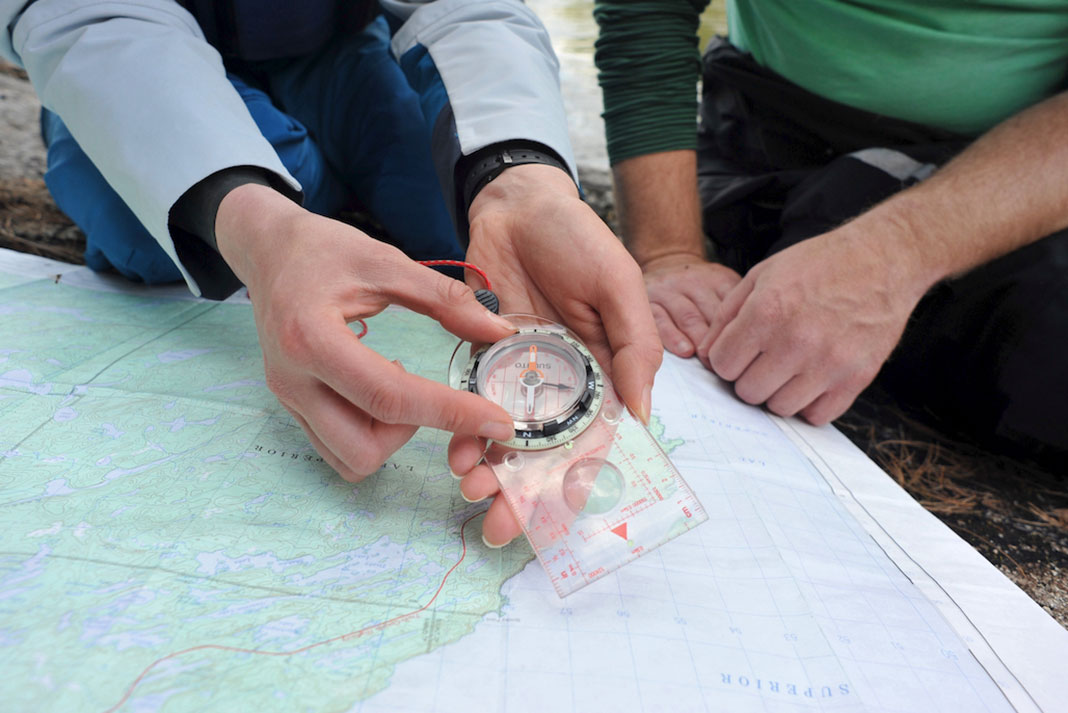Thriving on backcountry canoe trips relies on having a solid skill set and a willingness to adapt to always changing conditions and circumstances. Many skills are acquired through trial and error and learning from mistakes, and others can be honed before heading into the wilderness. Here are the skills seven Canoeroots staff think are essential for your wilderness canoe trip success.
7 most important skills for wilderness paddlers
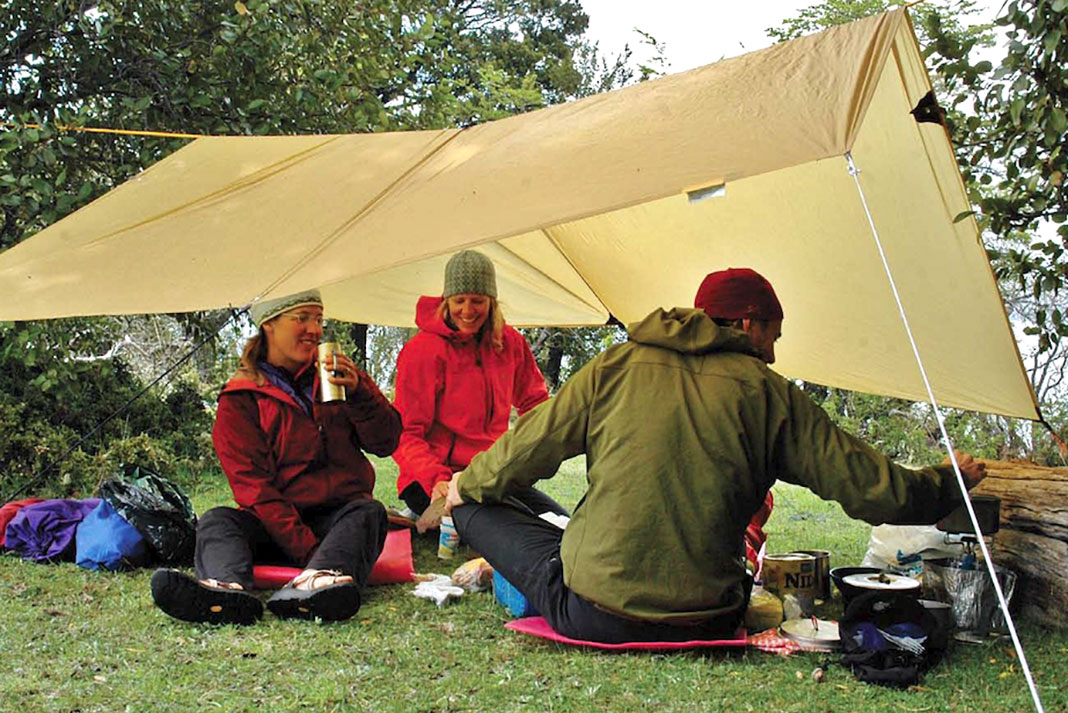
1 Build the perfect tarp shelter
Tarps are easy to pack and allow you to have a versatile shelter from the rain and wind. The most secure and stable tarp setups have a ridge forming the highest part of the tarp. The ideal way to support the ridge is to have a string or independent line between two trees or poles. Bungalow style roofs are awesome if the conditions of your campsite are appropriate, but often creativity is required in shelter construction.
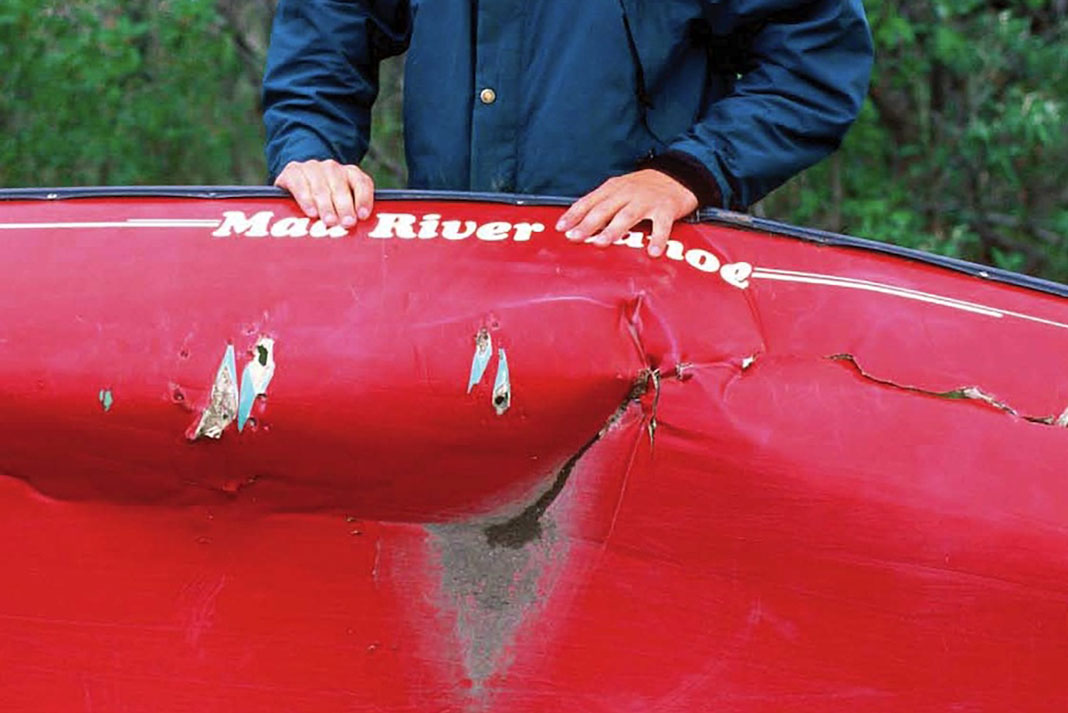
2 Repair a canoe in the backcountry
Encountering canoe damage can be a serious impediment to your trip livelihood whether you are in the backcountry for two days or two weeks. Keep panic at bay with a canoe repair kit and the know-how to use it. A good canoe repair kit will include heavy-duty duct tape, stainless steel wire, a nail kit, ABS plumbing pipe and more.

3
Execute a proper bear hang
Leaving food improperly stored at your campsite can have a swath of negative consequences. A bear at your site can eat your carefully packed food, damage your boats and gear and can even lead to the bear being destroyed. Knowing how to execute a proper bear hang will help decrease the chances of encountering one of these impressive animals too close to your site for comfort.
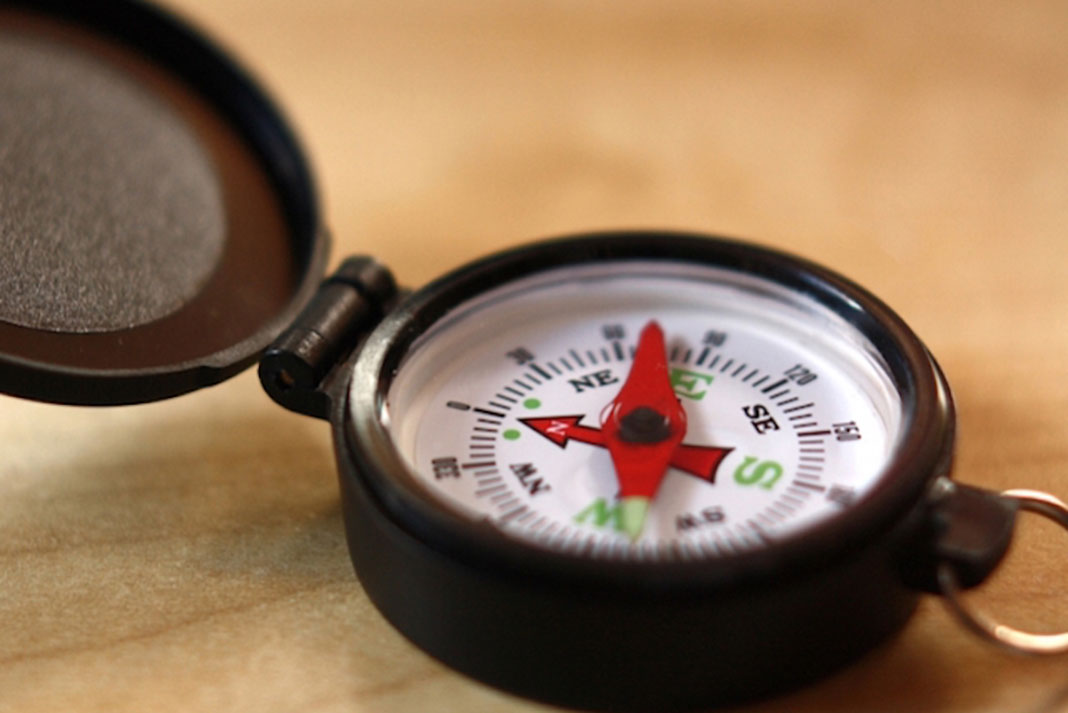
4 Know how to use a map and compass
Being well-packed with the best gear for your backcountry canoe adventure is great, but having the practical navigation skills to know where you are and where you are headed is key. Excellent navigation skills and the know-how to take advantage of a map and compass means you won’t spend an hour searching for the portage take-out or miss out on that amazing lookout point you’ve read all about. Learn how to use your map and compass to get a bearing, how to follow a visual compass bearing and how to compensate for declination.
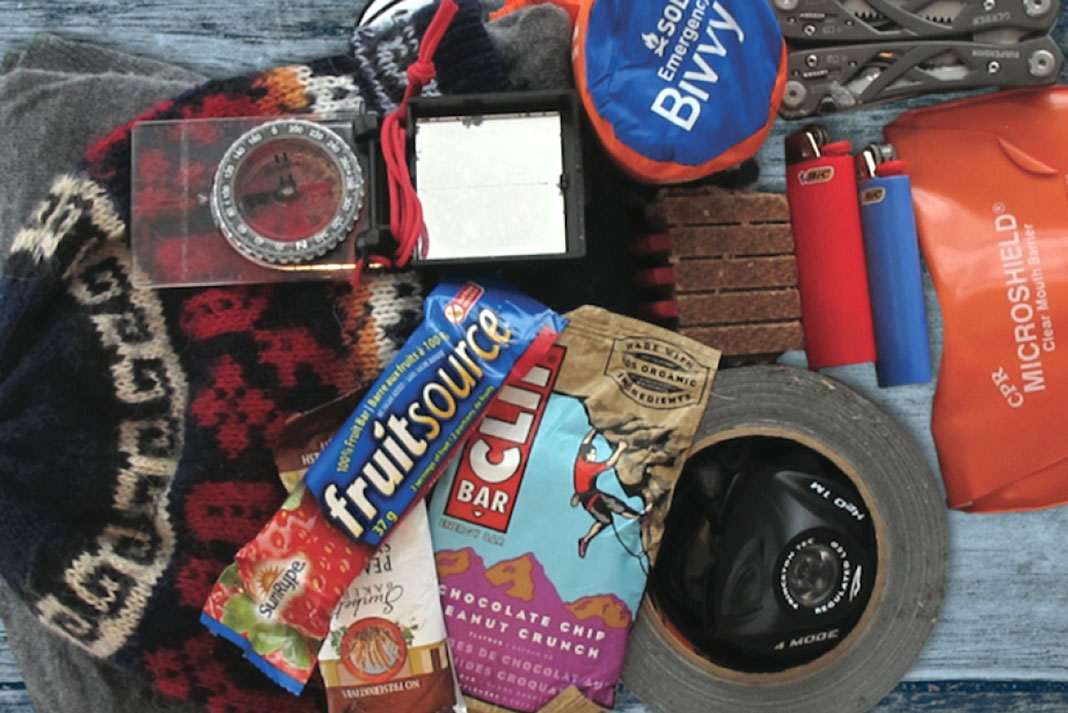
5 Build a ditch kit for disasters
A ditch kit is the part of your equipment checklist you should put lots of effort into but hope you never have to use. This collection of important and useful items constitutes the essentials for survival in a small, compact and easy to transport package that can help decrease the consequences of any misadventures. A great ditch kit will include high-density food sources, a fire starter, extra layers, a first aid kit and more.

6 Light a no-match fire
It is a great idea to pack multiple sets of lighters or matches in different places and compartments on your canoe trips just in case. In the off chance you find yourself without a fire source, having the ability to start a no-match fire is an invaluable skill that will keep you warm, cooking hot food and enjoying coffee and tea in the mornings. Modern fire strikers are usually made from carbon steel and metal ferrocerium and can be found at outdoor stores. The back of your camp knife can also be used as a striker, or any other metal if it is as hard or harder than the ferro rod.
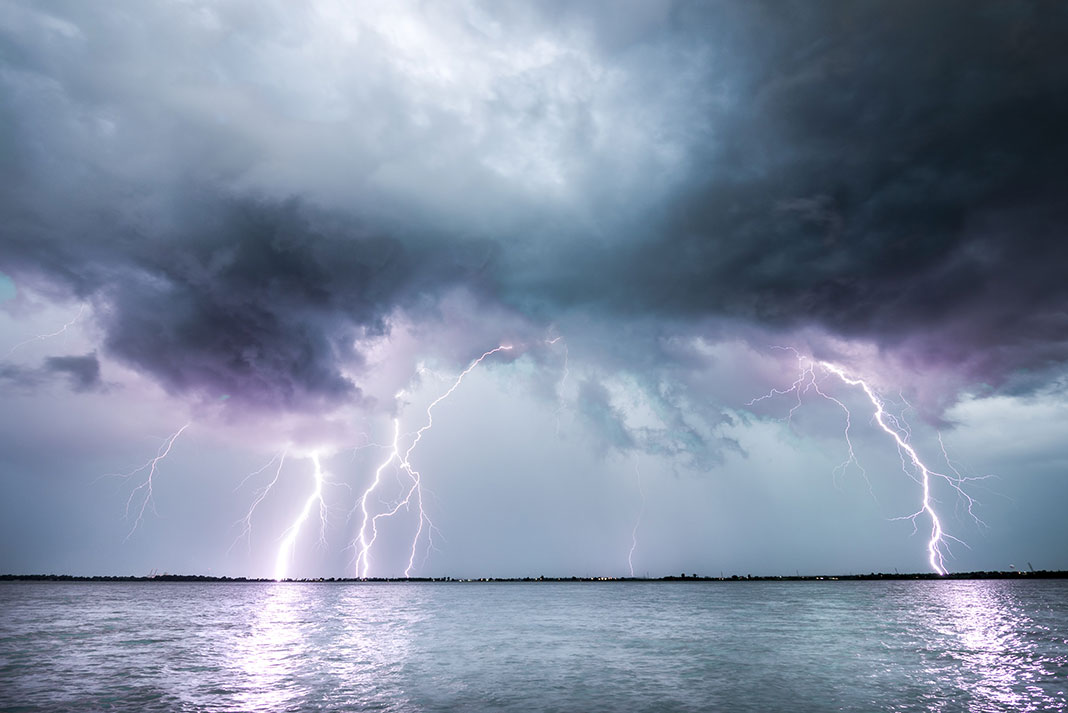
7 Survive a lightning storm
Lying cozily in your bed at home and watching lightning flicker and illuminate your walls can be beautiful. On the other hand, finding yourself at your campsite in saturated raingear watching a lightning storm swirl overhead is often a butterfly-in-the-stomach inducing experience. We give you tips to make yourself less vulnerable in these situations, including getting off the water immediately and adopting the lightning position.



